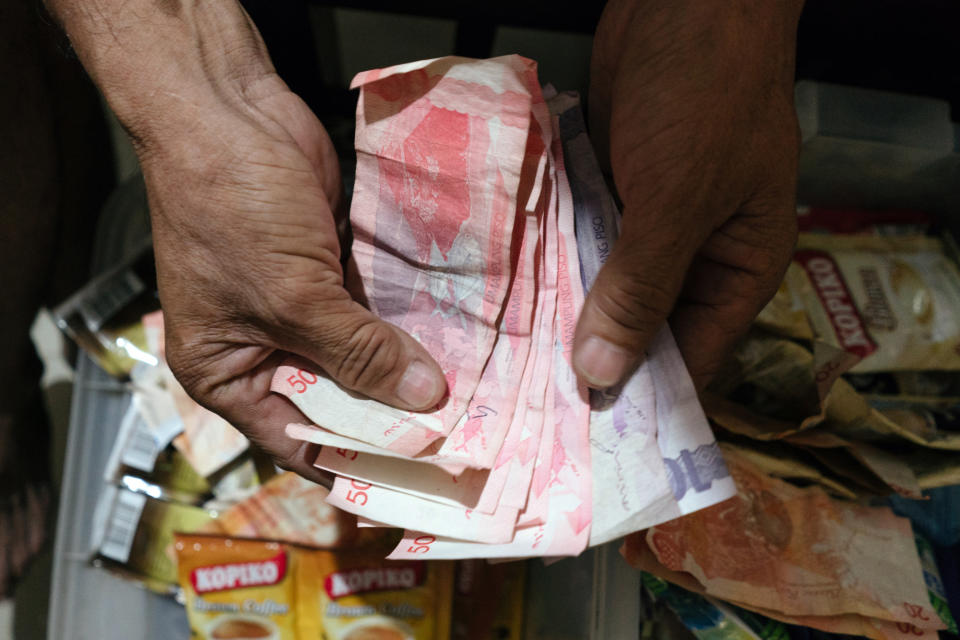Philippine Peso May Stumble With Drop in Foreign Bond Sales

By Ditas Lopez and Cecilia Yap
Philippine borrowers are looking to raise fewer bonds overseas in the coming months, taking away a pillar of strength for the peso.
The peso led the advance among Asian currencies this year with 4.3% gains as the nation’s borrowers raised a record $11.4 billion dollars via international bond sales in 2020. However, the tide is turning as cheaper funding costs in the domestic market keep borrowers from venturing abroad.
Overseas borrowings are one of the factors that have made the peso Asia’s best performing currency this year, said Jonathan Ravelas, chief market strategist at BDO Unibank Inc. “We’re not seeing that next year, and if imports rise as the domestic economy recovers, the peso could go back to 50 per dollar next year.”
San Miguel Corp., is prioritizing the local market for fund-raising. “The peso’s strength all the more makes it more prudent to borrow from the domestic market,” Eduardo Sergio Edeza, treasury head at the Philippines’ largest company, said in a mobile-phone message. The peso is hovering around a four-year high of 48.48 per dollar recorded on Sept. 1.
The government also pared its foreign-currency funding plan for 2021 to 15% of its borrowing needs from 25% this year.
That’s bad news for the peso as some of the funds repatriated from offshore bond sales contribute to foreign inflows into the country. “It’s a factor but not the main one,” Jun Trinidad, a consultant for market strategy at Union Bank of the Philippines said, referring to foreign bond sales. The currency may remain supported if demand-driven consumption stays weak, he said.
In a sign of comfort with the currency’s gains, Philippine central bank Governor Benjamin Diokno said late last month that the peso’s performance has helped keep import costs low and that the currency could benefit as coronavirus curbs are eased and the economy further reopens.
© 2020 Bloomberg L.P.

 Yahoo Finance
Yahoo Finance